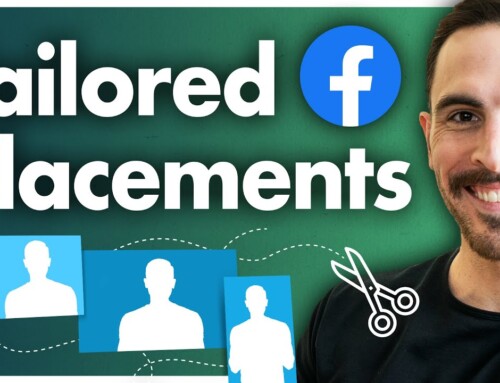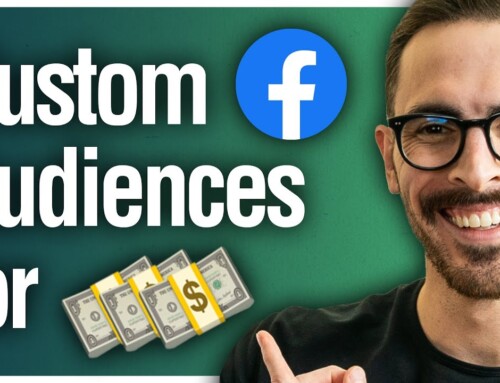What would your business look like if you could attract and convert leads in the same way Leonardo Dicaprio attracts and courts Victoria’s Secret models? In this article you’ll discover 10 reasons why lead magnets work so well AND…
How you can use them to become the Leonardo Dicaprio of lead gen for your business.
Lead Magnets: What Are They?
A lead magnet is a small slice of value that solves a specific problem for a relevant audience.
Lead magnets are offered in exchange for a form of currency from your audience. The most common form of currency is an opt in where your audience provides you with their first name and email address in exchange for access to the lead magnet.
While we’re on the topic of opt-ins, I recently wrote a comprehensive review of my favourite email marketing platform (ConvertKit) which show cases how I create my opt-in forms and connect them to my email sequences.
You can check it out by clicking here.
This simple act of providing a small slice of value to your audience in the form of a lead magnet helps you demonstrate you understand the specific problem they’re currently facing.
In doing so, you gift your audience an opportunity to find a solution to the problem they’re facing. Not to mention, by highlighting their specific problem, you’re encouraging your audience to prioritise their need to solve it.
Lastly, it’s important to remember the primary purpose of capturing an opt-in (i.e. a new lead) is permission and attention. That is, your audience is giving you both their permission to contact them in the future as well as their attention when you do contact them.
The 10 Laws of Lead Magnets
1. Value, Value, Value
Your lead magnet must offer up-front value that solves a specific problem for a relevant audience.
It’s not enough to have a lead magnet with a high perception of value. Your lead magnet ACTUALLY has to provide an inordinate amount of value. A good rule of thumb to follow when creating your lead magnets is to under promise and over deliver – not the other way round.
Remember earlier how we said the primary purpose of capturing an opt-in is permission AND attention? How much attention do you think you’ll be able to command from your audience in the future if your past promises of value didn’t match up with reality?
Here’s a hint… VERY LITTLE ATTENTION.
Remember that your lead magnet is more often than not the entry point to your funnel. So it’s crucial your lead magnet provides both short tail (up front) and long tail (lasting) value. If your lead magnet isn’t providing immediate value to your audience (e.g. in the form of a quick win), there’s close to ZERO chance they will progress to the next stage of your digital marketing funnel.
Conversely, if your lead magnet is packed to the nines with value and utility, you’ll have a much larger chance of ushering your prospects to the next phase of your funnel.
2. Delivers on ONE Primary Promise
You need to make the decision making process for opting into your lead magnet as simple as possible. So when it comes to lead magnets, LESS is MORE.
Remember your lead magnet only needs to solve one problem that is specifically outlined for your relevant audience. If anything this makes things SUPER easy right?
Because instead of having to promise the world and then underdeliver, you only have to make and deliver on ONE primary promise.
3. Speaks Directly to a Known Pain Point
This one is pretty self explanatory. Your lead magnet must speak directly to a known pain point your audience is currently experiencing by offering a quick and easy solution.
4. Gives Your Audience a “Cigarette”
More often than not, you’ll be offering your lead magnet to your audience at the top of your funnel (inside the attraction and courtship phases). At these beginning stages of your funnel, your audience isn’t ready to be presented with an entire solution to their larger problem.
So your lead magnet should position itself as a temporary fix to that larger problem and its associated pain points.
From this perspective, your lead magnet is a temporary fix to the craving and desire they have to solve a much larger problem they’re facing in their life / business. The ‘larger problem’ they are experiencing is what your primary proposal offers the solution to (and is what your business monetises at the bottom of your funnel).
It’s also important to remember that your lead magnet must relate to your primary proposal and your relationship escalator.
5. Gives Your Audiences the ‘Red Pill’
When you present your lead magnet to your audience, you are offering them the ‘red pill’ to the ‘Matrix’ that is your business.
By opting in to receive your lead magnet, your audience has swallowed your business’ ‘red pill’ – allowing them to stay in your Wonderland. Now that they’re here, you can show them just how deep the rabbit hole goes.

I’m of course referring to one of my favourite films, The Matrix. In this movie, there is a scene where Morpheus gives Neo the opportunity to take either the ‘blue pill’ or the ‘red pill’.
There’s a quote from the movie which goes along the lines of…
“This is your last chance. After this, there is no turning back. You take the blue pill – the story ends, you wake up in your bed and believe whatever you want to believe. You take the red pill – you stay in Wonderland and I show you how deep the rabbit hole goes.”
If your audience doesn’t opt in to your lead magnet, they have, in affect, taken the ‘blue pill’. Their story has ended. They will wake up tomorrow blissfully UNAWARE of WHAT their problem actually is.
And if your audience opts in to your lead magnet, they have chosen to take the ‘red pill’. By taking the red pill, they have given you permission to show them EXACTLY WHAT their problem is.
With this permission, you can now begin to update their ‘relationship status’ with your business by ‘courting’ them to the next phase in your funnel.
Once they transition to the courtship phase of your funnel, you can then show them HOW to solve this problem (by offering them your relationship escalator and eventually, your business’ primary proposal).
Related: How To Build A Killer Lead Magnet For Less Than $1
6. Has a Perception of High Value
This one is pretty self explanatory.
If your lead magnet doesn’t have a high perceived value, your audience won’t opt in. Of course, a high level of perceived value without actual value is a BIG no no. Scroll up and re-read the first law if you need a refresher on why this is so.
7. Is NOT a Newsletter
Asking someone to opt in and ‘Join Your Newsletter’ is not an example of an effective lead magnet.
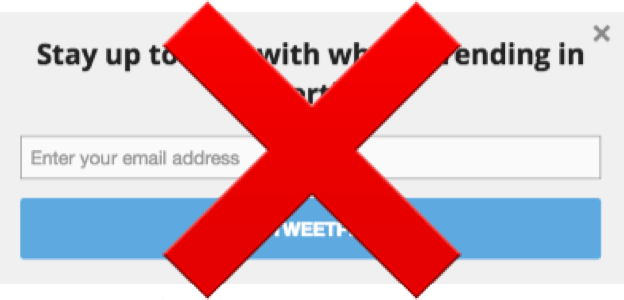
A newsletter opt-in is not an effective lead generation strategy in today’s noisy digital world.
8. Actually Has High Value
Beyond having the perception of high value, your lead magnet needs to actually have HIGH value. Remember, your lead magnet is showing your audience exactly WHAT their problem is by offering them a specific solution.
9. Provides a Quick Win (For Cold Traffic)
If you are offering your lead magnet to an audience whom you DO NOT have a relationship with… then your lead magnet should be low in time commitment and high in value.
You ought to develop a lead magnet which provides an immediate solution in five minutes or less.
10. Provides a Value Bomb (For Warm Traffic)
If you are offering your lead magnet to an audience whom you DO have a relationship with… then your lead magnet should be high in both time commitment and value.
You should develop a lead magnet which provides a value packed win full of so much utility that they want to invest more time consuming it.
Related: Lead Magnet Cheat Sheet [Free Download]
Lead Magnet Examples
Now that we’ve covered the 10 Laws of Lead Magnets, let’s look at some of my favourite examples of killer lead magnets.
The ‘Red Pill’ Case Study
Case studies play off the innate curiosity and desire your prospects have to learn more about HOW they can solve their problem. Case studies are extremely effective because they build trust and authority by demonstrating real results, proof and insights.
Remember, you’re not showing your audience exactly how to solve their problem in intricate detail, but you are showing them what’s possible by providing them with a small slice of value. By providing a high value temporary solution that doesn’t completely solve your prospect’s problem, you set yourself up for greater success and higher conversion rates in the later phases of your funnel.
Here’s an example of one my most successful case study lead magnets – my Free Facebook Ads Case Study.
The Blueprint Cheatsheet / Handout / Template
These lead magnets are super easy to develop and usually work extremely well. This is because they cater to most people’s desire for a quick win.
The Free Report
These work super well if you can condense your primary proposal into a report format that’s easy to consume and full of value.
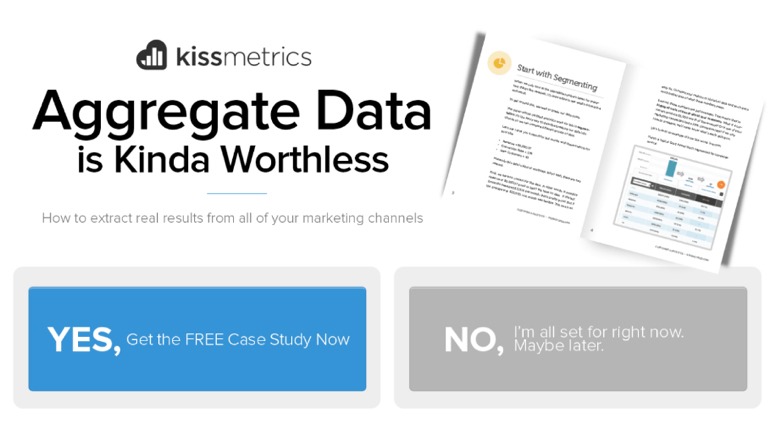
Keep in mind that reports often aren’t as effective as case studies because they tend to be over promoted by corporate businesses.
Quizzes, Assessments & Tests
If your audience wants to know the answer to a test (e.g. an IQ test) they’ll invest time in completing it. These types of lead magnets tend to have high conversion rates because you have to opt-in to receive the results.
Free eBook / Guide
The free eBook / Guide is a classic example of a lead magnet which provides a quick win with a low level of time commitment required.
Your Turn:
Does your business use lead magnets?
If so, what type of lead magnets have performed the best?
Do you have any specific questions about lead magnets that I can help you with?
Let me know in the comments below.
Also, massive thank you for reading! If you found this article helpful, please consider sharing it.

Paul Ramondo
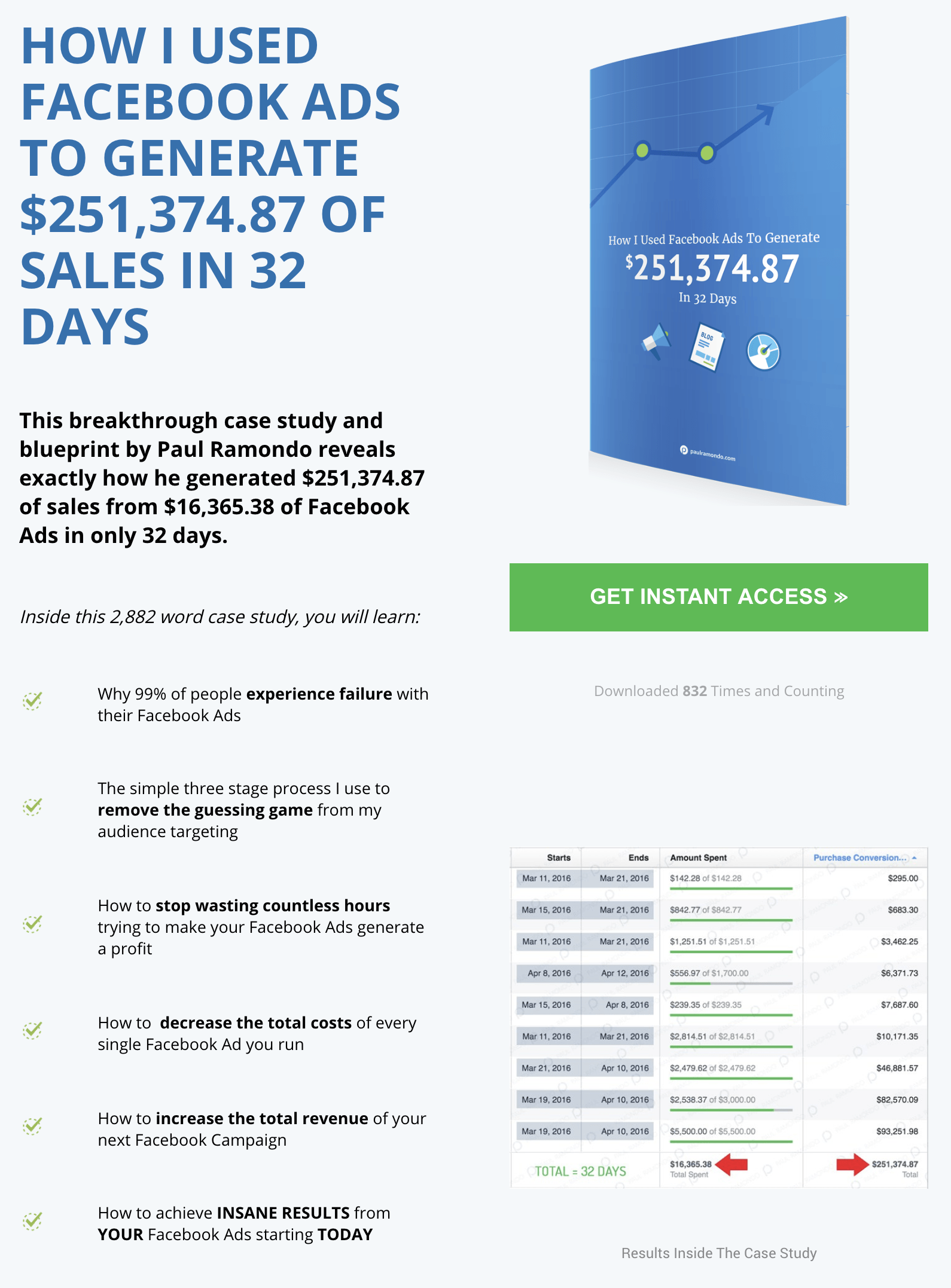
![If You Haven’t Tried Snapchat Ads… NOW is the time. [$125 Snap Ad Credit Inside]](https://paulramondo.com/wp-content/uploads/2020/10/snapchat-ads-header-500x383.jpg)

